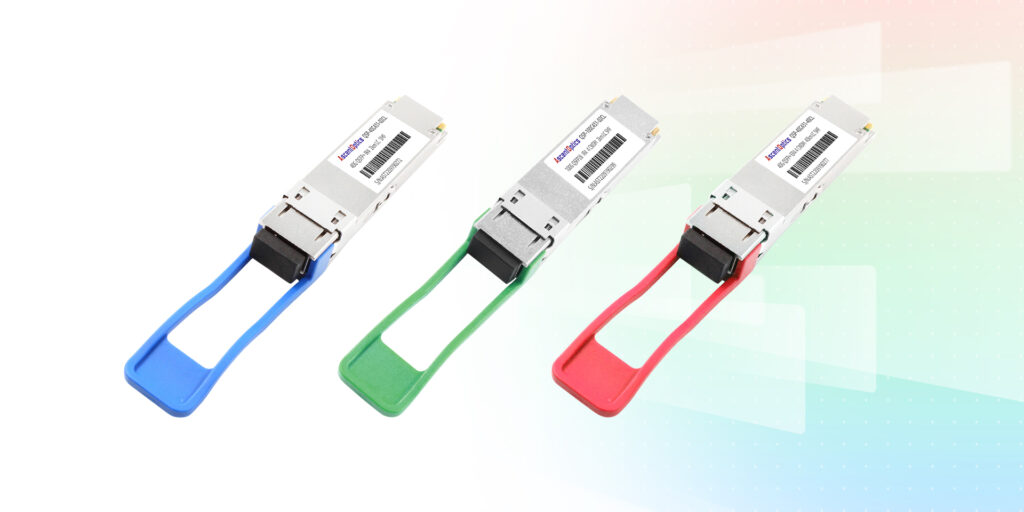
CWDM4 is an optical transceiver device that transmits data using coarse wavelength division multiplexing (CWDM) technology. This technology enables the transmission of multiple signals over a single optical fiber by using different wavelengths of light. CWDM4 is commonly used for high-speed data transmission in data centers and other communication networks.
CWDM4 transmits data using four wavelengths: 1271 nm, 1291 nm, 1311 nm, and 1331 nm. These wavelengths are closely spaced to maximize the data capacity of the optical fiber. CWDM4 can transmit data at 100 Gbps (gigabits per second) over distances of up to 2 km (kilometers) using single-mode yarn.
CWDM4 is compatible with other CWDM technologies, such as CWDM8 and CWDM10. This means that CWDM4 can be used in conjunction with other CWDM transceivers to increase the total data capacity of an optical network. CWDM4 is compatible with various networking protocols, including Ethernet, Fibre Channel, and InfiniBand.
CWDM4 uses forward error correction (FEC) technology to reduce the number of data errors during transmission. FEC adds extra data to the transmitted signal that can be used to correct the mistakes that occur due to signal interference or other factors. CWDM4 supports two types of FEC: RS-FEC (Reed Solomon Forward Error Correction) and SD-FEC (Soft Decision Forward Error Correction).
CWDM4 supports multiple electrical data transmission standards, including 100GBASE-CWDM4 Ethernet and 4x25G InfiniBand. The electrical data transmission standards determine how the data is encoded and transmitted across the optical fiber. CWDM4 uses advanced electrical encoding techniques to ensure the transmitted data is accurate and reliable.
In conclusion, CWDM4 is a powerful optical transceiver device that uses CWDM technology to transmit high-speed data over long distances. CWDM4 has advanced features, including FEC technology and support for multiple electrical data transmission standards, making it highly reliable and versatile. As such, CWDM4 is an indispensable tool for data center managers and network engineers who need to build high-capacity, high-speed optical networks.
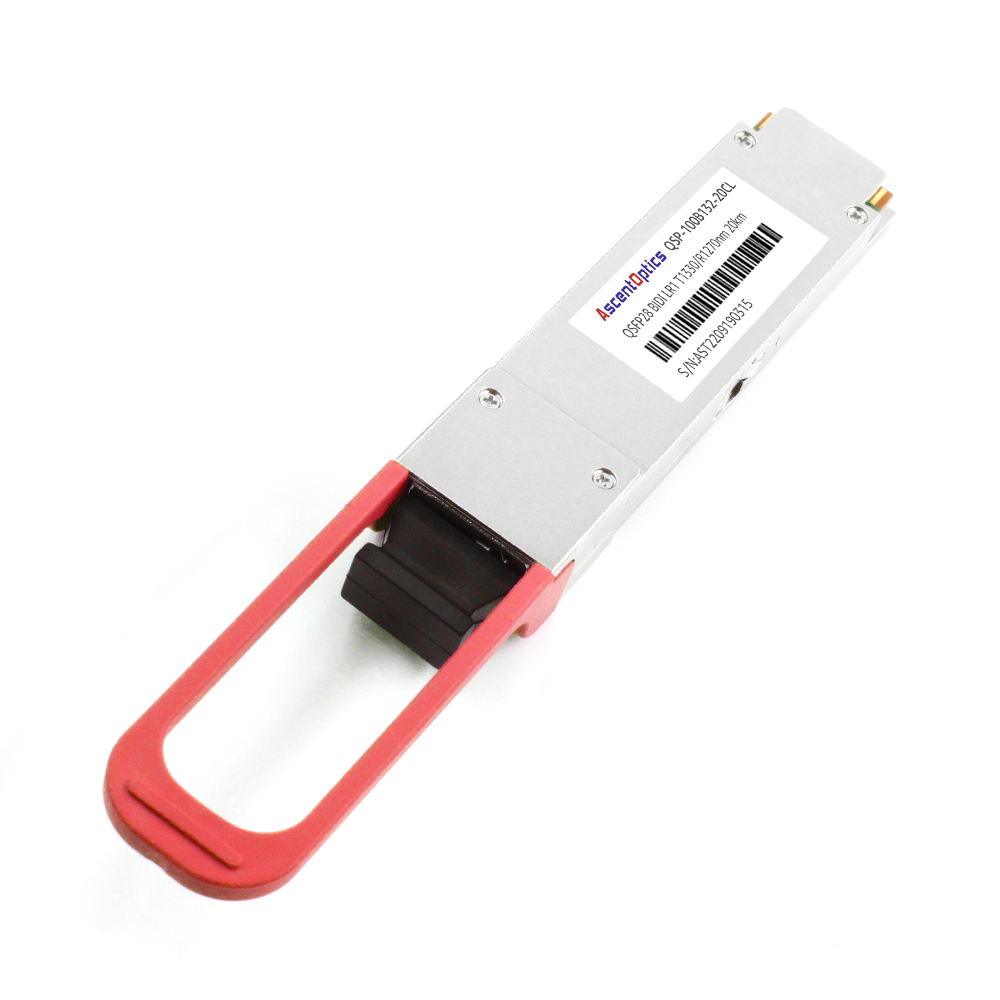
A CWDM4 transceiver is a module that combines a transmitter and a receiver, enabling the transmission of optical signals over optical fibers. The term ‘CWDM’ stands for Coarse Wavelength Division Multiplexing, a technology that allows multiple signals to be transmitted over a single fiber using different light wavelengths. A CWDM4 transceiver operates using four different wavelengths: 1271nm, 1291nm, 1311nm, and 1331nm. Each wavelength can transmit data at up to 25 Gbps, giving the overall module a total throughput of 100 Gbps.
Data centers require reliable, high-speed connectivity between servers, networking equipment, and storage devices. CWDM4 transceivers are a popular choice for data center deployments due to their high throughput, low power consumption, and cost-effectiveness. CWDM4 in data centers allows for consolidating multiple 25 Gbps links onto a single fiber pair, reducing the number of fibers required for connectivity. This saves the cost of yarn, simplifies cable management, and eases deployment.
CWDM4 transceivers comply with the CWDM4 Multi-Source Agreement (MSA), a set of common standards established by industry-leading companies to ensure interoperability between modules from different manufacturers. The MSA defines the optical specifications, mechanical dimensions, electrical parameters, and control interfaces of the CWDM4 module. Compliance with the MSA guidelines allows for the interchangeability of CWDM4 transceivers among different vendors, making it easier for customers to choose the best-fit product for their needs.
Recommended Products:100G QSFP28 IR4 CWDM4 2km Transceivers
CWDM4 transceivers use single-mode fiber (SMF) as the transmission medium. SMF is an optical fiber with a small core and a narrow wavelength range that allows for high-speed, long-distance data transmission. The four wavelengths used in CWDM4 can be combined onto a single SMF by a passive multiplexer/demultiplexer, which separates the four wavelengths at the other end of the link using a similar device. SMF allows transmission distances up to 2 km (1.24 miles), making it suitable for intra-data center networking.
The distance that CWDM4 transceivers can transmit signals over optical fiber depends on the type of fiber used. CWDM4 is designed to work with SMF, with a limited maximum transmission distance of 10 km (6.21 miles). To extend the reach beyond this limit, amplifiers or repeaters can be used, although this will increase the complexity and cost of the system. CWDM4 is unsuitable for long-haul networks since it cannot transmit signals over distances greater than 10 km without additional equipment.
Parallel Single-Mode Fiber Four-Lane (PSM4) is another popular transceiver type for 100 Gbps transmission over four fibers. The difference between CWDM4 and PSM4 is the type of fiber used. PSM4 uses four separate single-mode fibers to transmit data, while CWDM4 uses one single-mode fiber for data transmission. CWDM4 requires a multiplexer/demultiplexer, whereas PSM4 requires four cables. CWDM4 is more cost-effective and straightforward, while PSM4 provides longer transmission distances but has a higher cost and complexity. Choosing which one to use depends on the specific needs of the network.
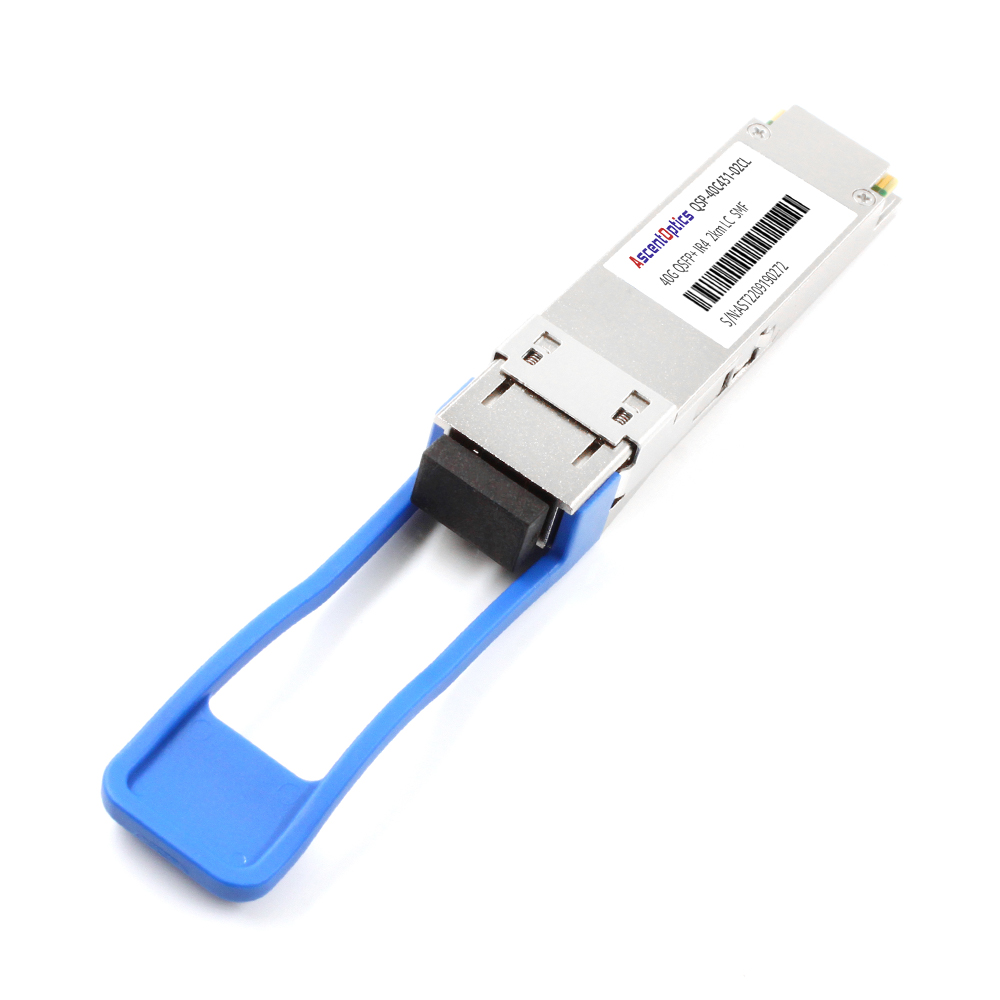
Data centers are the backbone of our ever-growing digital world. These centers house countless servers, switches, and storage devices that store, process, and manage data. Therefore, it is crucial to implement efficient and effective optical interconnects between these devices. CWDM4, or coarse wavelength division multiplexing 4, is a visual technology that helps achieve this goal. It is a four-channel multiplexing technology that operates in the 1310nm wavelength range and is specifically designed for data center interconnectivity.
CWDM4 provides a distinct advantage over traditional optical technologies such as multimode and single-mode fiber. It offers a higher throughput rate of up to 100Gbps per channel and a more extended reach of up to 500 meters. It also improves noise immunity, enabling better signal transmission over longer distances. This feature is critical in a data center environment where much data is transmitted over long distances.
Data centers require high-performance optical interconnects that deliver high bandwidth and low latency. These requirements are essential for the smooth functioning of various applications and services. CWDM4 offers efficient visual transmission capabilities that can meet these requirements. It minimizes power consumption by eliminating the need for optical amplifiers and other complex components, thereby reducing costs.
CWDM4 is an affordable and cost-effective solution for data centers. It offers four channels of multiplexing capability, reducing overall connectivity costs. Additionally, it eliminates the need for multiple fibers, reducing the interconnectivity system’s complexity. These benefits make CWDM4 one of the most cost-effective solutions for data center applications.
In modern data centers, flexibility is crucial, and connectivity solutions must be adaptable to meet changing requirements. CWDM4 offers a flexible connectivity solution that can be easily configured to meet the specific needs of a data center. This technology enables easy scaling of network bandwidth without additional hardware, reducing the scaling cost.
Installing and maintaining optical interconnects in a data center environment can be a complex and time-consuming process. However, CWDM4 offers a plug-and-play solution that simplifies installation and maintenance. This technology provides easy-to-use transceivers that can be easily installed and removed, reducing the time required for maintenance.
In conclusion, CWDM4 has revolutionized how data centers transmit and receive data. Its improved optical signal, efficient transmission, cost-effectiveness, flexible connectivity, and easy installation and maintenance make it an ideal interconnectivity solution for modern data centers. These benefits translate to increased performance, scalability, and cost-effectiveness, making CWDM4 an excellent investment for data center managers.
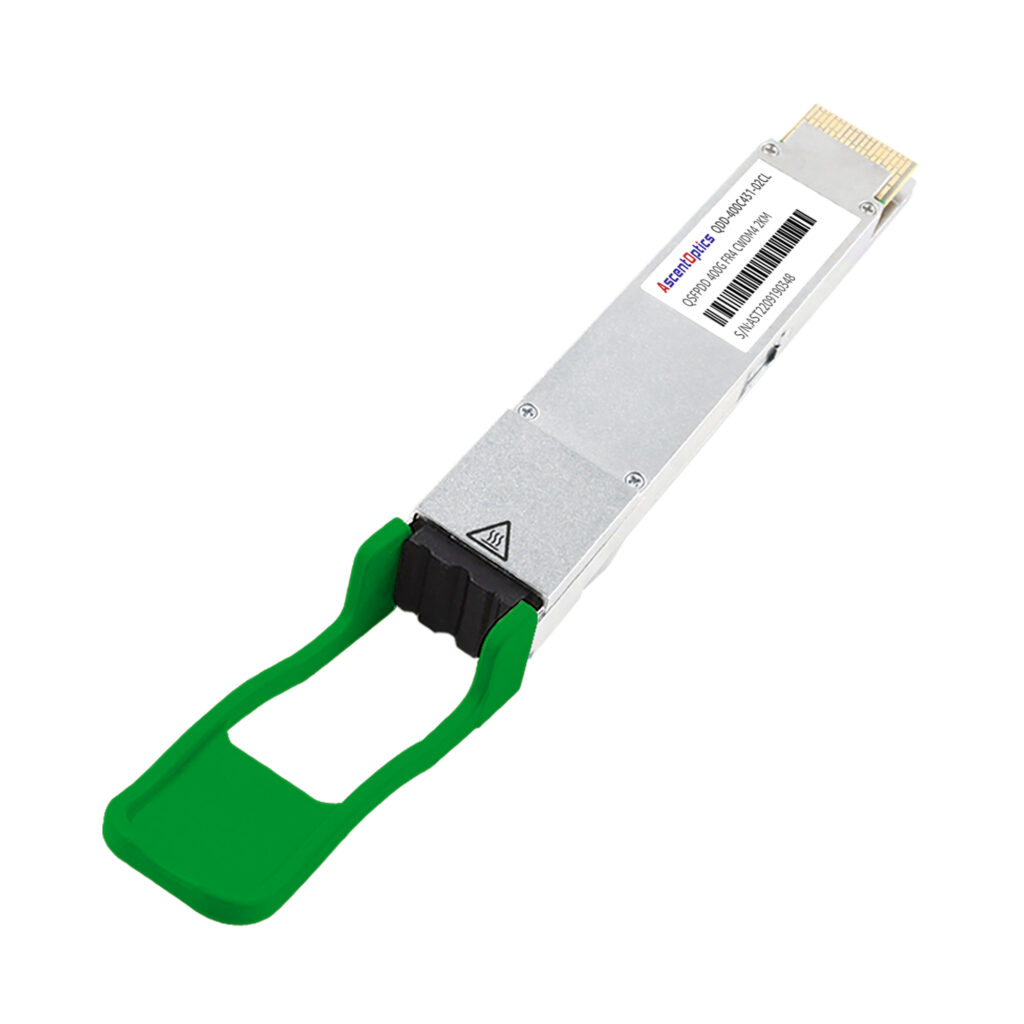
The CWDM4 100G transceiver stands out from other 100G transceivers due to its unique design and features. It uses four channels, each operating at a wavelength range of 1270nm to 1330nm. This enables it to transmit data over a single-mode fiber optic cable up to a distance of 2km using duplex LC connectors. On the other hand, the LR4 100G transceiver uses four lanes, each transmitting data at a wavelength of 1310nm, which limits its reach to only up to 10km over single-mode fiber optic cables.
The main difference between CWDM4 and CLR4 100G transceivers is their reach and cost-effectiveness. While CWDM4 can transmit data up to 2km using duplex LC connectors, CLR4 can transfer data up to 10km using duplex LC or single-mode MPO/MTP connectors. Additionally, CLR4 is more expensive than CWDM4 due to its more extended reach and complex design, which requires additional optical components.
QSFP28 optical transceivers are used for high-speed data transmission in data centers. They provide a higher data rate of up to 200G and a more extended reach of up to 40km over single-mode fiber optic cables. However, CWDM4 100G transceivers are more cost-effective for shorter distances and offer more straightforward connectivity options via duplex LC connectors.
Parallel Single-Mode 4 (PSM4) and other modules like PAM4 and NRZ400G are different 100G transceivers that provide high-speed data transmission over single-mode fiber optic cables. However, PSM4 requires eight fibers for connectivity, while CWDM4 only requires two fibers using duplex LC connectors. PSM4 and other modules don’t support long distances like CWDM4, which can transmit up to 2km over a single-mode fiber optic cable.
Single-mode fiber optic cables with duplex LC connectors are widely used for high-speed data transmission in data centers. However, they are limited in distance, which makes them unsuitable for long-distance communication. CWDM4 100G transceivers offer a cost-effective solution for shorter lengths of up to 2km over single-mode fiber optic cables. They also require more straightforward connectivity options via duplex LC connectors, making them easier to install and maintain.
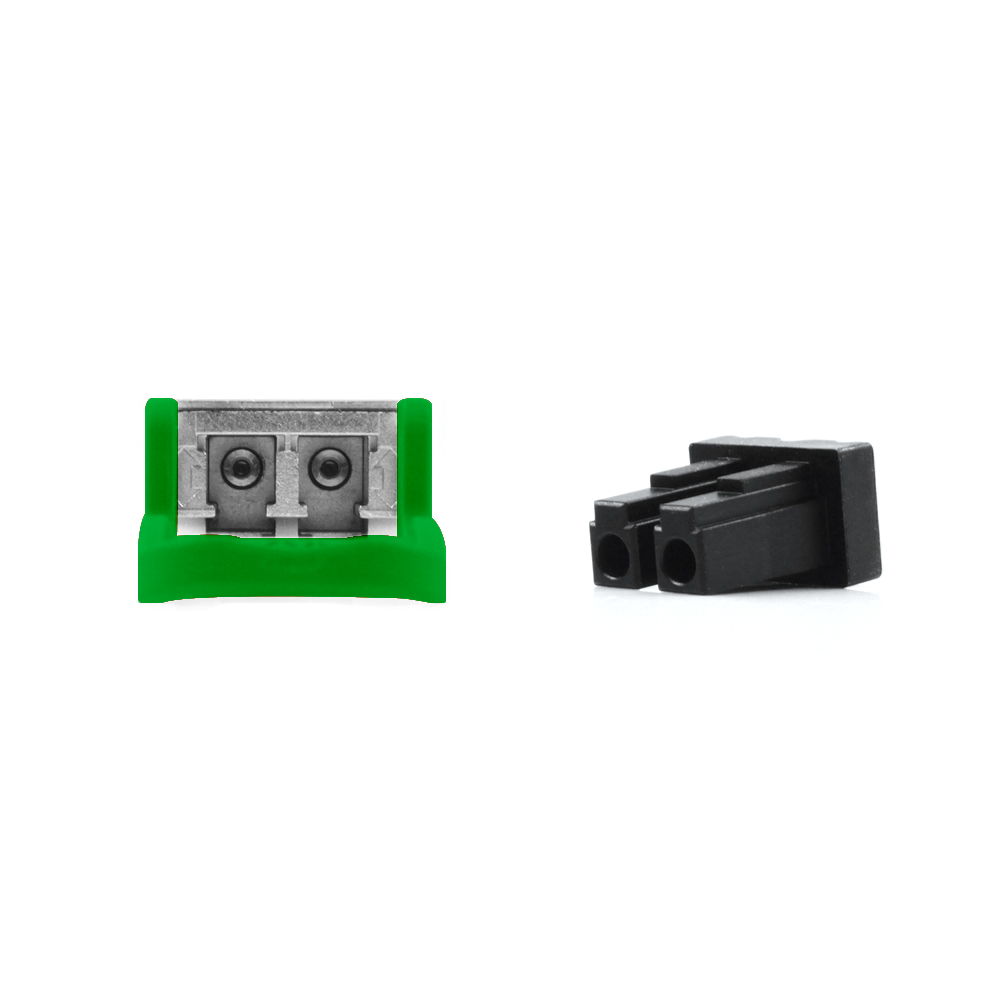
CWDM4 optical transceiver module is a communication device utilized to transmit and receive optical signals. The CWDM4 optical transceiver module operates at a wavelength range of 1271 nm to 1331 nm, and it uses four different wavelengths to transmit and receive data at a speed of 100 Gigabits per second (Gbps). CWDM4 optical transceiver modules are designed for low-power applications, and their small form factor makes them ideal for use in servers, switches, and routers.
The CWDM4 optical transceiver module is used in various applications, including data centers, Ethernet and connectivity, optical transmission, and multiplexing signals. The 100G Base-CWDM4 QSFP28 Module is a commonly used transceiver module in data centers. This transceiver module enables data transfer at a data rate of 100 Gbps over a distance of up to 2 kilometers using single-mode fiber. The 100G Base-CWDM4 QSFP28 Module connects servers to switches and routers, enabling the transfer of large amounts of data.
CWDM4 optical transceiver modules are widely used in data centers because they can transfer data at high speeds and over long distances. These transceiver modules connect servers, switches, and routers, enabling data transfer between different data center components. The CWDM4 optical transceiver module is used in various applications in data centers, including storage area networks, cloud computing, and high-performance computing.
The CWDM4 optical transceiver module is used in Ethernet and connectivity applications to enable the transfer of data over long distances at high speeds. These transceiver modules connect switches and routers in local area networks (LANs) and wide area networks (WANs). CWDM4 optical transceiver modules in Ethernet and connectivity applications allow organizations to transfer data quickly and efficiently over long distances, reducing latency and increasing network performance.
CWDM4 optical transceiver modules are also used in optical transmission applications to enable the transfer of data over long distances. These transceiver modules transmit and receive data over fiber optic cables, enabling data transfer between locations. CWDM4 optical transceiver modules in optical transmission applications allow organizations to transfer large amounts of data over long distances at high speeds, reducing latency and increasing network performance.
The CWDM4 optical transceiver module is also used in multiplexing signals. Multiplexing is the process of combining multiple calls into a single call. CWDM4 optical transceiver modules are used in multiplexing signs to connect signals at different wavelengths into a single character that can be transmitted over fiber optic cables. CWDM4 optical transceiver modules in multiplexing characters allow organizations to transfer multiple calls over a fiber optic cable, reducing the number of lines required and increasing network performance.
A: CWDM4 is an optical transceiver for 100G Ethernet data center applications. It uses coarse wavelength division multiplexing (CWDM) technology to combine four different wavelengths of light onto a single fiber optic cable, allowing for efficient optical transmission.
A: QSFP28 is an optical transceiver module used for high-speed networking applications. It can transmit up to 100 Gbps over a single fiber optic cable, making it ideal for use in data centers and other high-bandwidth environments.
A: 100G QSFP28 LR4 uses four wavelengths of light to transmit data over a single-mode fiber optic cable up to a distance of 10 km, while 100G QSFP28 CWDM4 uses four wavelengths of light to transmit data over a single-mode fiber optic cable up to a distance of 2 km.
A: The MSA for CWDM4 is a set of standards established by the CWDM4 MSA group, which includes several leading companies in the networking industry. These standards define the specifications for 100G QSFP28 CWDM4 optical transceiver modules.
A: FEC stands for forward error correction, a technique used to improve the accuracy of data transmission over fiber optic cables. It involves adding redundant data to the information to allow the mistakes to be detected and corrected in real time.
A: 100G QSFP28 CWDM4 can transmit data over single-mode fiber optic cable up to a distance of 2 km.
A: QSFP28 PSM4 and QSFP28 CWDM4 are optical transceiver modules designed for 100G Ethernet data center applications. However, QSFP28 PSM4 uses parallel single-mode fiber optic cables to transmit data, while QSFP28 CWDM4 uses CWDM technology to multiplex four different wavelengths onto a single fiber optic cable.
A: 100G CLR4 and 100G CWDM4 are optical transceiver modules designed for 100G Ethernet data center applications. However, 100G CLR4 uses four wavelengths of light to transmit data over a single-mode fiber optic cable up to a distance of 10 km. In contrast, 100G CWDM4 uses four wavelengths of light to transmit data over a single-mode fiber optic cable up to 2 km.
A: 100G CWDM4 modules can be used with duplex single-mode fiber optic cable. The module converts four different wavelengths of light and multiplexes them into a single signal that can be transmitted over two fibers in the line.
A: The optical power of 100G QSFP28 CWDM4 is typically between -7.6 dBm and 2.3 dBm, depending on the specific module and operating conditions.